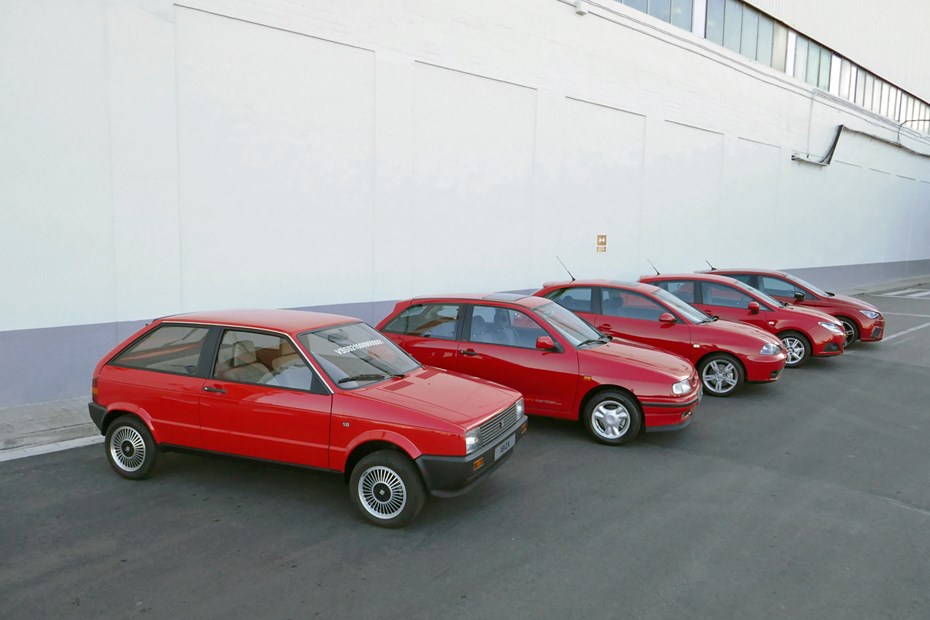Fresh from its victory in the 2018 Parkers Awards, we took our long-term Mk5 SEAT Ibiza on a pilgrimage to Barcelona for a little family reunion. From the arrow-straight styling and Porsche engineering influence of the 1980s, to the class-leading supermini of 2017, we chart the rise of the award-winning SEAT Ibiza.
SEAT Ibiza Mk1 (1985-1993)
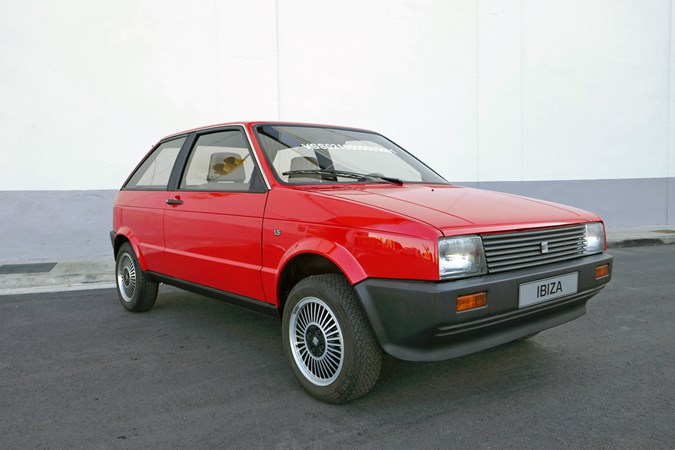
Born in 1984, but not reaching the UK until October 1985, the original SEAT Ibiza was developed before the Spanish brand was taken over by the Volkswagen Group. It looked fresh and modern, boasting dinky, ruler-straight styling by the famous Italian design house ItalDesign.
Intriguingly, all Mk1 Ibiza engines (apart from the diesel and 0.9-litre petrol) were developed in conjunction with Porsche, the German brand working its magic on the powertrain and gearbox.
Read our verdict on the SEAT Ibiza Mk1
The quirkiness continued on the inside with an absence of conventional indicator and windscreen wiper stalks. Instead, drivers would operate them via rocker switches and sliders on the steering column.
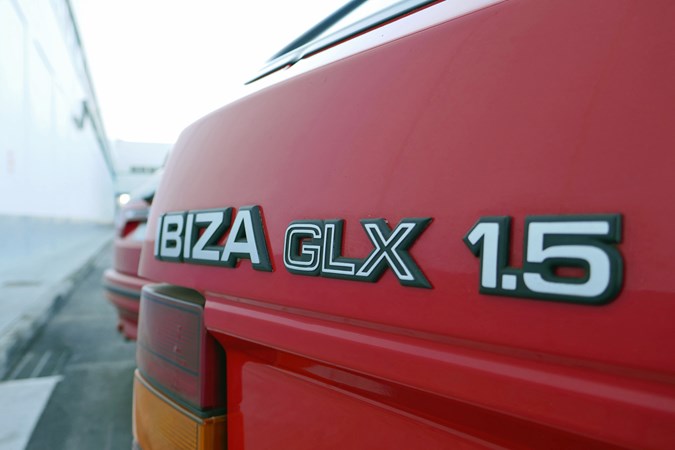
Needless to say it didn’t catch on, but free from the shackles of fifteen years partnership was Fiat, SEAT’s desire to do something different was highly commendable.
We were lucky enough to spend a weekend driving SEAT UK’s heritage Mk1 Ibiza (click here to read about it), and enjoyed (almost) every minute of it. Producing just 44hp (we drove the 0.9-litre version), progress was anything but brisk, yet the sharp throttle response, rorty engine note and heater that actually worked made it hard not to love the original Ibiza.
SEAT Ibiza Mk2 (1993-2002)
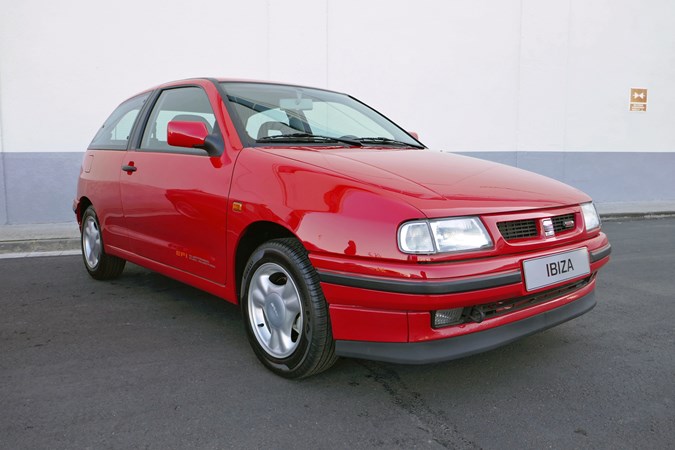
Designed, funded and produced by the Volkswagen Group, SEAT’s second Ibiza entered production in 1993, lasting a full nine years (with a major facelift in 1999) before being replaced by the third generation car in 2002. It was the first Ibiza to be based on the similarly-sized Volkswagen Polo platform and enabled the Group to cut manufacturing and development costs.
And yet, SEAT’s engineers still managed to shoehorn the 150hp 2.0-litre petrol engine from the third-generation Volkswagen Golf GTI into the Ibiza – paving the way for hot-hatch Cupra and Cupra R versions in the 1999 facelift. These models boasted even more power than the Golf GTI-derived 2.0-litre, with 156hp for the Cupra and 180hp for the Cupra R.
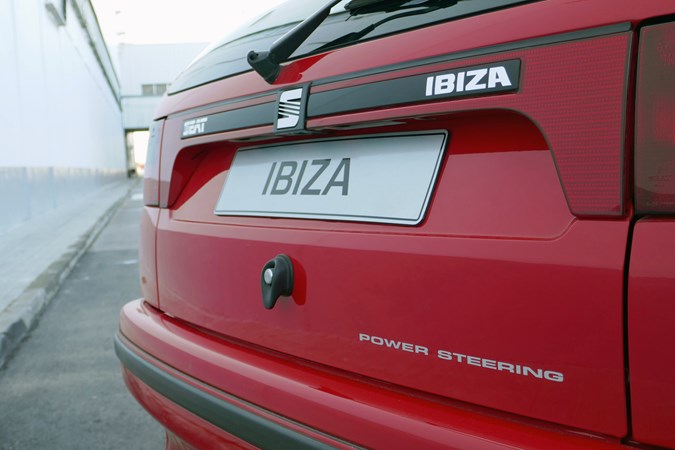
Today the manufacturing plant covers an area the equivalent of 400 football fields, and has a workforce of around 7,000 people. Producing almost 450,000 units a year, the Martorell factory has won countless industry awards for its manufacturing processes and efficiency.
SEAT Ibiza Mk3 (2002-2008)
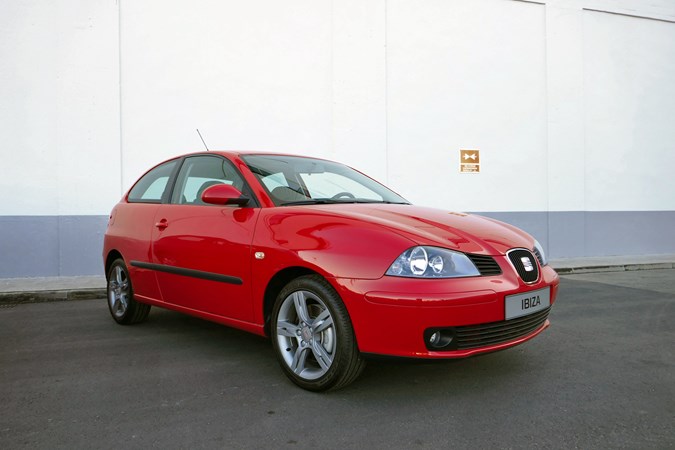
Produced between 2002 and 2008 – with a facelift in the middle – the third-generation Ibiza sat on another Polo-based platform shared with parent group VW. The interior began to feature some neat design features such as circular air vents and a curvier overall look to match the new exterior, but still felt a little like a cheap Polo (which, in fairness, was exactly what it was).
It drove well though, with sharp handling and a good range of engines, while the diesel-powered Cupra versions became available and began picking up quite the fanbase among enthusiasts.
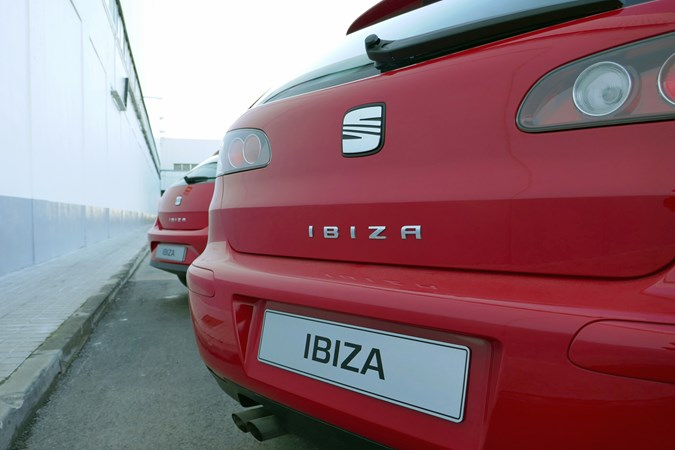
Indeed, the author of this article has fond memories of his SEAT Ibiza Cupra TDI, its 2.0-litre turbodiesel engine producing 330Nm of torque – a figure that was, at the time, unheard of for a front-wheel drive supermini. Sure, the ride was a touch (read very) firm, but for hot hatch thrills with 50mpg fuel economy it was almost unrivalled.
SEAT Ibiza Mk4 (08-17)
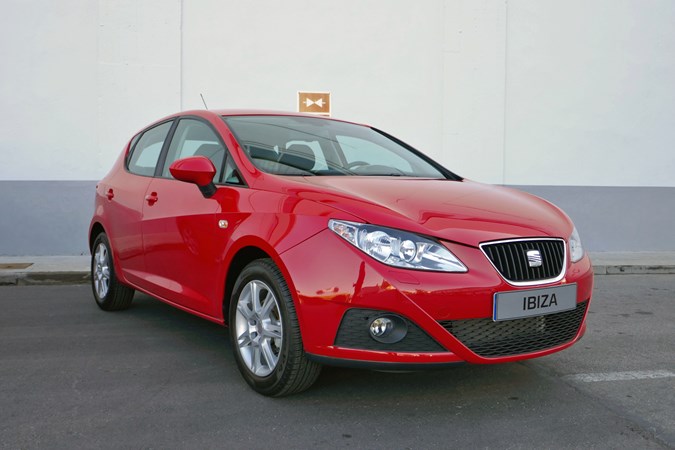
Introduced in 2008, the fourth-generation Ibiza took on a much sharper look than the previous-gen model, thanks to styling penned by former Lamborghini designer Luc Donckerwolke.
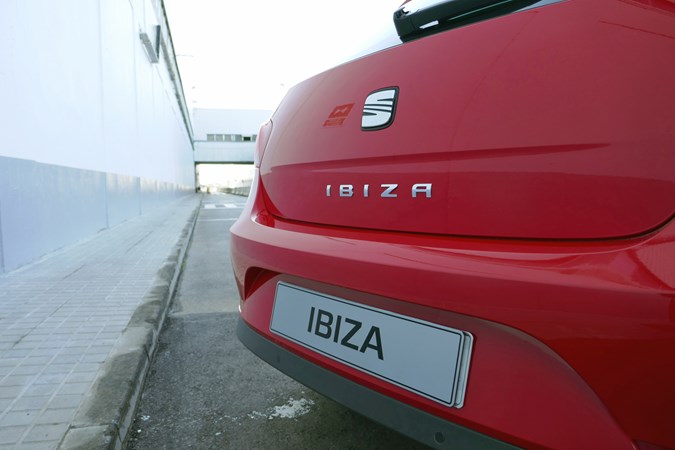
Available in practical five-door hatchback, distinctive three-door Sport Coupe and load-lugging ST estate forms, the Ibiza used VW Polo parts as it has done previously, with everything from a frugal Ecomotive version to a Cupra pocket-rocket available.
A facelift refreshed it in 2012, with punchy and efficient TSI petrols and super-frugal TDI diesels available across the range.
SEAT Ibiza Mk5 (17-)
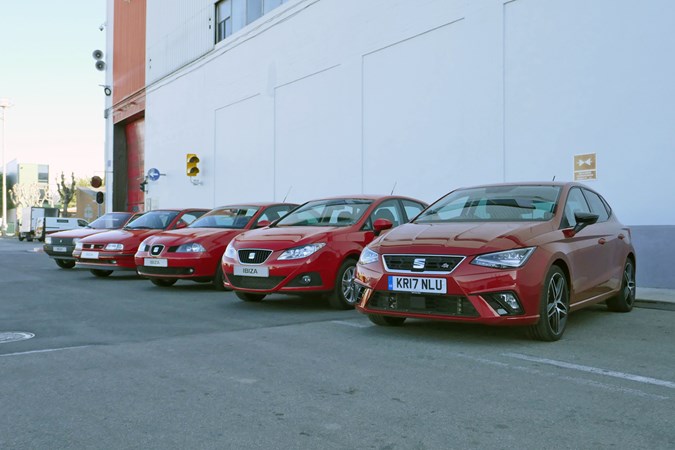
And finally, we arrive at the 2017 SEAT Ibiza. It’s by far and away the most competitive Ibiza that SEAT has ever made and is the company’s best shot yet at reeling in the previously unassailable gap to the all-conquering Ford Fiesta.
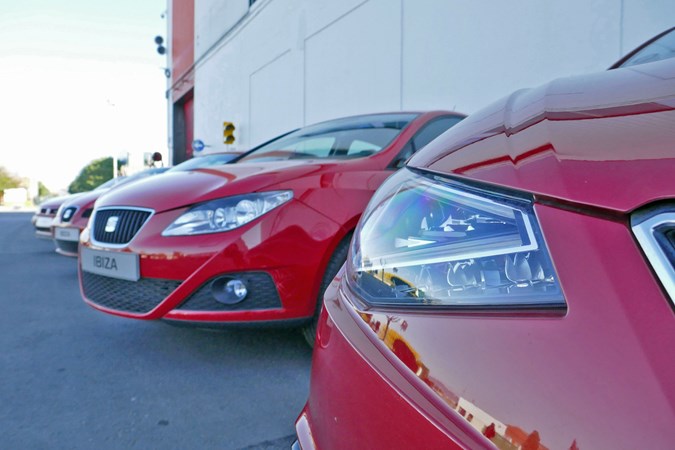
Available for the first time with an all-new luxury Xcellence trim level and gadgets such as adaptive cruise control, wireless charging and autonomous emergency braking, it sits in stark contrast to where it all began with the Mk1 Ibiza. Although, we certainly wouldn’t say ‘no’ to any more Porsche-tuned engines…
>>Read the Parkers full review of the 2017 SEAT Ibiza
>>Catch up on how we’re getting along with our long-term SEAT Ibiza



